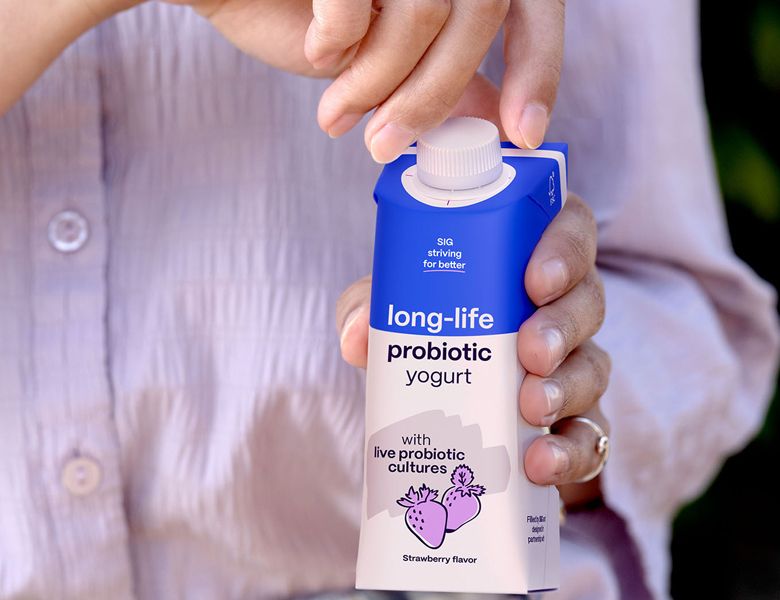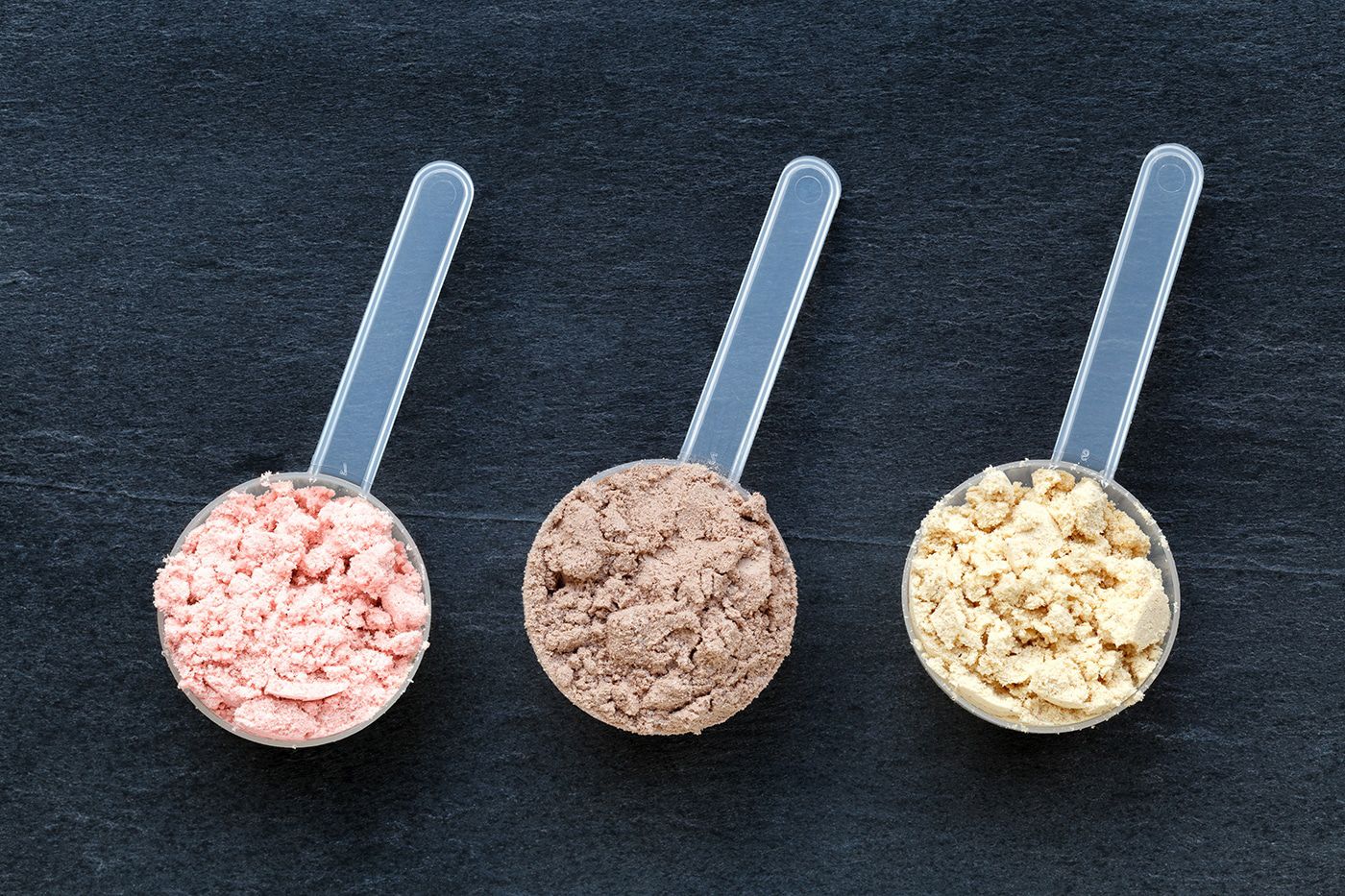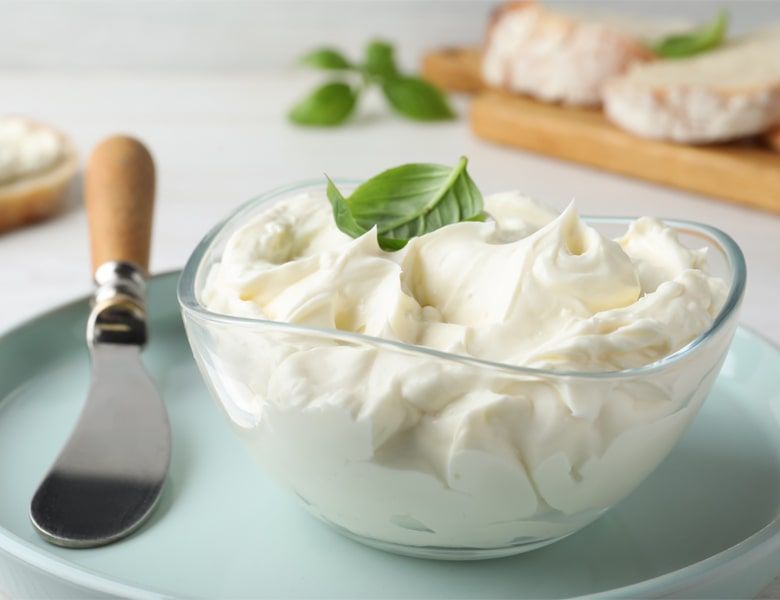- آتاماد
- Yoghurt starter culture and its function
Yoghurt starter culture and its function

- | user2 |
- Viewer: 3022
Yoghurt starter culture and its function , Yoghurt is the best known of all cultured-milk products, and the most popular almost all over the world.
Consumption of yoghurt is highest in countries around the Mediterranean, in Asia and in Central Europe. The consistency, flavor and aroma vary from one district to another. In some areas yoghurt is produced in the form of a highly viscous liquid, whereas in other countries it is in the form of a softer gel. Yoghurt is also produced in frozen form as a dessert, or as a drink. The flavor and aroma of yoghurt differ from those of other acidified products, and the volatile aromatic substances include small quantities of acetic acid and acetaldehyde.
Yoghurt is typically classified as follows:
• Set type
• Stirred type
• Drinking type like Doogh
• Frozen type
• Concentrated
Traditional lactic acid bacteria
Lactic acid bacteria are the main group of micro-organisms that has been used successfully for decades for the production of fermented milks, and these organisms belong to the genera of Lactococcus, Leuconostoc, Pediococcus, Streptococcus and Lactobacillus. Based on their morphology these micro-organisms can be classified into cocci and rods, and according to their optimum growth requirements they are divided into mesophilic and thermophilic starter cultures that can grow at 20–30ºC or 37–45ºC, respectively.
Although the traditional approach to blending organisms in a starter culture is based on their optimum growth temperature, the current approach is different. Thus, the availability of concentrated freeze-dried or frozen direct-to-vat set (DVS; alternatively known as direct-to-vat inoculation – DVI) in the market has provided the manufacturer of fermented milks with the opportunity to mix different bacterial strains into the product. Some examples include: (a) the addition of probiotic micro-organisms into yoghurt and other dairy products; (b) the incorporation of mesophilic microflora into yoghurt to modify the characteristic of the product; (c) Streptococcus thermophilus is sometimes added with sour cream starter cultures to increase the viscosity of the product; the same organism is blended with Lactococcus species during the manufacture of Cheddar cheese.
Fermentation
Yogurt is made with live and active cultures of Lactobacillus delbrueckii subsp. bulgaricus and Streptococcus thermophilus, and the US Food and Drug Administration (FDA) requires that these two specific LAB be present in a product for it to be called yogurt. The use of Lb. delbrueckii subsp. bulgaricus and S. thermophilus for the manufacture of yoghurt was, at least initially, historical in origin, in that they have frequently been isolated from natural yoghurt made by the indigenous peoples of the Middle East. However, there are good reasons for continuing with the tradition, for when growing in milk, the two organisms interact synergistically. Although other cultures may be added to yogurt, they are not required. In the milk environment, Lb. bulgaricus and S. thermophilus coexist and interact beneficially in a stable associative relationship also known as protocooperation). Protocooperation, previously defined as biochemical mutualism, involves the exchange of metabolites and/or stimulatory factors. Most strains of S. thermophilus have fewer nutritional requirements and hence grow preferentially in milk. In fact, during the first exponential growth of S. thermophilus, no growth of Lb. bulgaricus is observed. In the second phase, as the pH of milk begins to drop, growth of S. thermophilus (less acid tolerant) slows down and it provides several growth factors such as formate, pyruvate, folate, CO2, and even some long-chain fatty acids that stimulate Lb. bulgaricus (more acid tolerant) to grow exponentially. The latter, in turn, releases cell wall proteases and cytoplasm peptidases that hydrolyze caseins into peptides, subsequently broken down to amino acids. Since S. thermophilus strains lack extracellular proteases, their growth is strongly stimulated in cultures with Lb. bulgaricus strains serving as a source of these amino acids able to support a second exponential growth phase for S. thermophilus. The growth of Lb. bulgaricus continues in the third growth phase.
The practical result of the synergy is that both species grow rapidly and actively metabolite sufficient lactose to lactic acid to complete the fermentation of milk to yoghurt within 3–4 h while one species alone might take 12–16 h to produce the same level of acidity. The reality of this acid production is well illustrated in Fig. 3.8, for the micro-colonies of both species have generated sufficient lactic acid to cause the surrounding protein to contract and form a void space. In addition, metabolites liberated by the two species give yoghurt a flavor that is distinctly different from any other fermented milk. Acetaldehyde at levels up to 40 mg L–1 is the major component of the flavor profile, and the major pathway for its production by Lb. delbrueckii subsp. bulgaricus – and to a lesser extent, S. thermophilus – is the conversion of threonine to glycine by threonine aldolase.
Some strains of the two species can also produce appreciable levels of extracellular polysaccharide materials, such as glucans, or polymers involving glucose, galactose and rhamnose as the constituent sugars. The presence of these metabolites enhances considerably the viscosity and hence consumer appeal of the retail yoghurt, but a number of factors, such as the composition and structure of the polysaccharide, the amount produced and the acidity of the milk, all influence the properties of the final product. The exact mechanism(s) by which the polysaccharides influence the properties of the yoghurt varies with the strain of culture. In some cases the material remains as a capsule around the bacterial cells; other types of polysaccharide form bridges between the cells and the surrounding protein). In addition, some polysaccharides may disperse in the serum phase and impart viscosity. It is not surprising, therefore, that Lb. delbrueckii subsp. bulgaricus and S. thermophilus are widely used for the manufacture of yoghurt throughout the world.
Reference:
Tamime, A. Y. (Ed.). (2008). Fermented milks. John Wiley & Sons.gy consultant Ayr, UK. (n.d.).
Hill, A. R., & Kethireddipalli, P. (2013). Dairy products: cheese and yogurt. In Biochemistry of foods (pp. 319-362). Academic Press.
Bylund, G. (2003). Dairy processing handbook. Tetra Pak Processing Systems AB.
GET IN TOUCH
Copyright © 2023 Atamad.com All right reserved
Website design and SEO services by Seohama team – Web hosting by Sarverhama
Copyright © 2023 Atamad.com All right reserved
Website design and SEO services by Seohama team – Web hosting by Sarverhama








